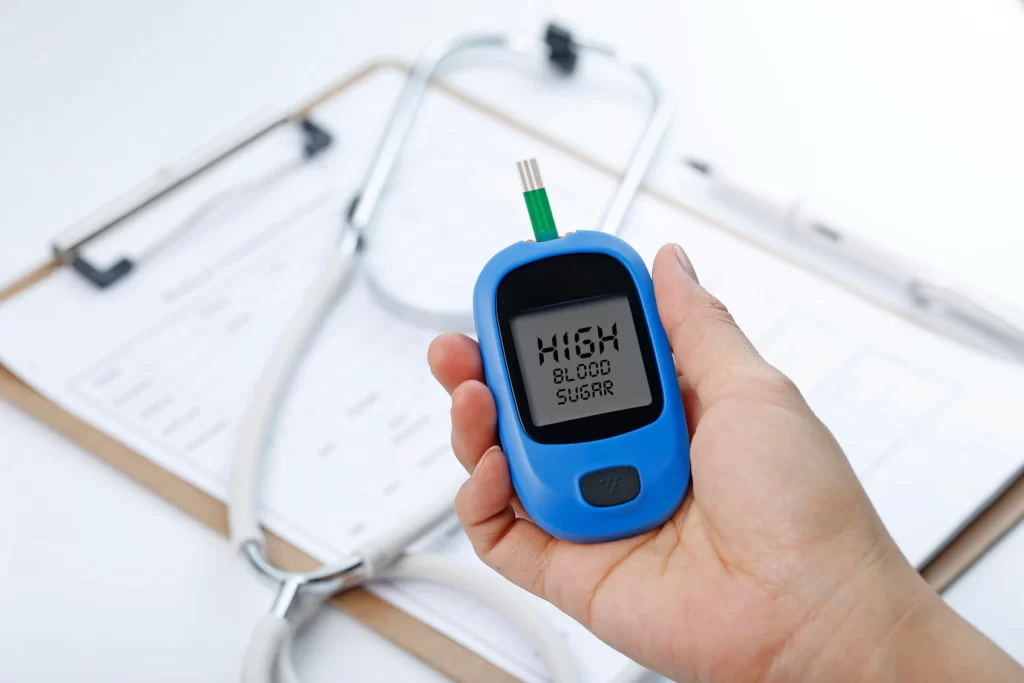Blood Pressure: How Low Should You Go?

Maintaining healthy blood pressure is important for overall health and to reduce the risk of heart disease, stroke, and other health problems. But how low should you aim for your blood pressure to be?
The American Heart Association (AHA) recommends a blood pressure goal of less than 130/80 mm Hg for all adults, including those with cardiovascular disease or diabetes. For some individuals, particularly those with certain health conditions, a lower goal of less than 120/80 mm Hg may be appropriate.
It’s important to note that blood pressure goals should be individualized based on a person’s overall health and medical history, and in consultation with a healthcare provider. Additionally, it’s important to monitor blood pressure regularly and make lifestyle changes, such as adopting a healthy diet, engaging in regular physical activity, quitting smoking, and reducing stress, to help maintain healthy blood pressure levels.
If lifestyle changes alone are not sufficient to achieve healthy blood pressure levels, medication may be needed. There are many different types of medications that can be used to treat high blood pressure, and it may take some trial and error to find the right medication or combination of medications that work best for an individual.
In summary, the goal for healthy blood pressure levels is less than 130/80 mm Hg for most adults. However, it’s important to work with a healthcare provider to set an individualized goal based on overall health and medical history, and to regularly monitor blood pressure and make lifestyle changes to maintain healthy levels.
